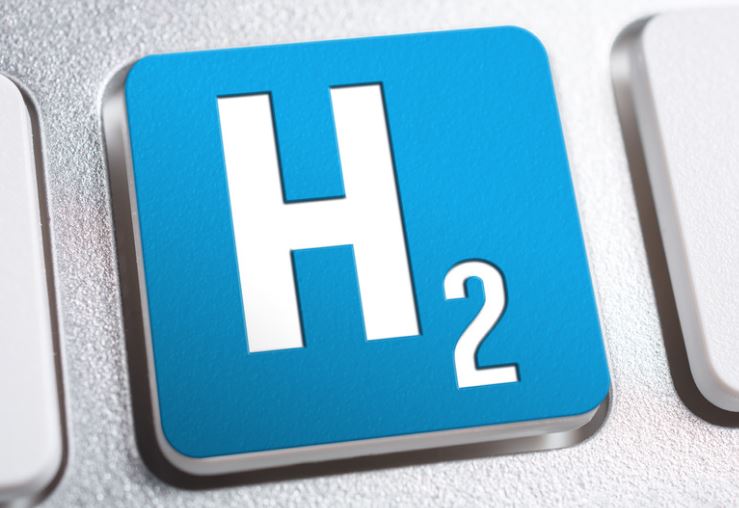By refining the process in which water is introduced and manipulated within the plant, this innovation seeks to enhance the efficiency and effectiveness of hydrogen production, a pivotal component in sustainable energy technologies.
The electrolysis plant under discussion includes a vital component known as an electrolyser. This device is responsible for the crucial process of splitting water into hydrogen and oxygen. In the described method, water, termed ‘educt water,’ is introduced into the system. Before it undergoes the splitting process, this water is brought to a thermodynamic state that is very near to its boiling point. This state is defined in terms of specific pressure and temperature conditions. Such preparation ensures that the water is optimally primed for efficient electrolysis.
One notable aspect of this method is the meticulous preparation of educt water. By elevating it to the brink of boiling, the system maximizes the potential energy stored within the water, ensuring that the subsequent splitting process at the ion-permeable membrane is both swift and effective. This approach serves to not only enhance the output efficiencies of hydrogen and oxygen but also contributes to the overall operational efficacy of the electrolysis plant.
Upon reaching the membrane within the electrolyser, the educt water transitions into the gas phase. This transition is crucial, as it allows the water to be efficiently split into its elemental gases — hydrogen and oxygen. The membrane plays a pivotal role here, acting as a facilitator in the conversion and splitting processes. It ensures that the gases are produced in a streamlined manner, ready for collection and potential utilization.
Applications and Impact
The method outlined in this patent holds significant promise for the future of energy production. By optimizing the conditions under which electrolysis occurs, the invention can potentially lead to substantial gains in the efficiency of hydrogen production. This is especially relevant given the growing demand for clean and sustainable energy sources. Hydrogen, as a clean fuel, stands at the forefront of many renewable energy strategies, and advancements in its production methods, like the one described here, are crucial steps toward a greener future.
Stay updated on the latest in energy! Follow us on LinkedIn, Facebook, and X for real-time news and insights. Don’t miss out on exclusive interviews and webinars—subscribe to our YouTube channel today! Join our community and be part of the conversation shaping the future of energy.
